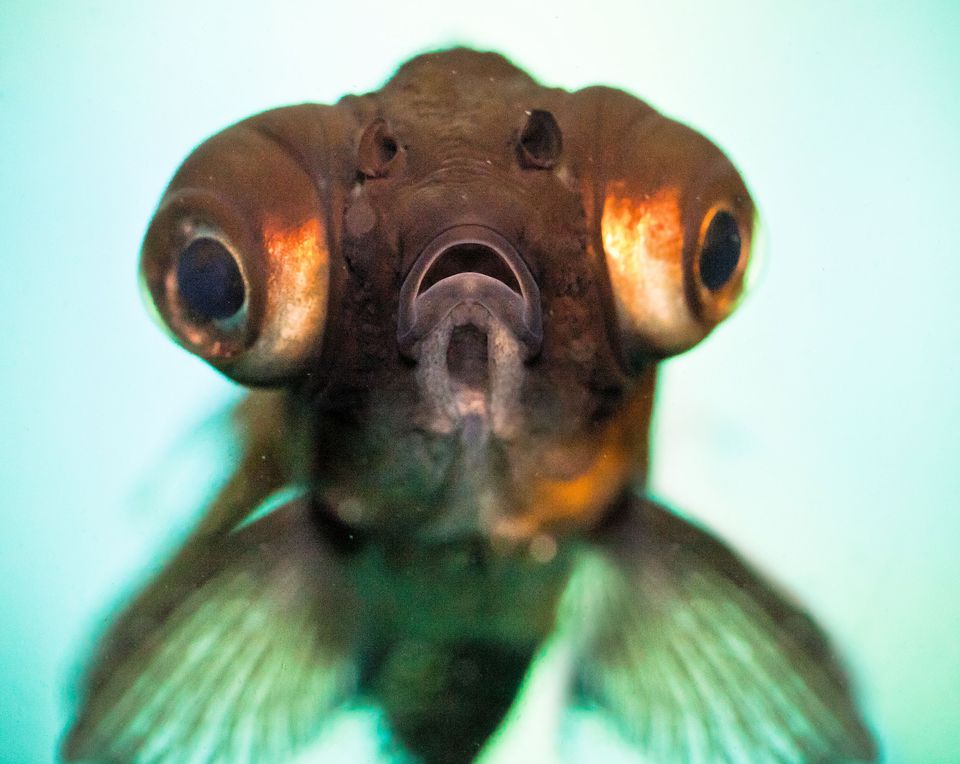

This fish stayed alive for several hours in a shipboard aquarium, where most of our current knowledge of the species was recorded. Most recently, in Monterey Bay, a Barreleye was brought up to the surface in a small mid-water trawl net. We didn’t observe barreleye fish in their natural habitat, or even alive for that matter, until the 1990s when scientists first captured it on video using an ROV and camera. In the National Marine Sanctuary System, we’ve seen barreleye fish in the deep waters near Monterey Bay National Marine Sanctuary and they’re likely in the deep waters near the other California sanctuaries. We know stinging tentacles of jellyfish and other marine species can be painful, which is at least partly why barreleyes developed their translucent housing – to protect their eyes when feeding.īarreleyes live at extreme depths of 1,800 to 2,600 feet below the surface in Pacific waters between Japan, the Bering Strait, and Baja California. To feed, barreleyes likely pluck zooplankton from the grips of siphonophores using their tiny mouths, which helps them to be precise and selective. Most plankton don’t live as deep as barreleye, but siphonophores and other species of hydrozoans trap plankton in their tentacles and transport them to the depths below. Biologists can tell what these fish eat because of their elongated intestines and multiple caeca (lateral dilations of the gut), which are common in species specialized to digest these kinds of plankton. The main source of food for barreleyes are likely zooplankton, microscopic animals that are plentiful in the ocean. Another one of their interesting adaptations to deep-sea living is their pair of large, flat pectoral fins which help the fish remain suspended and motionless in the water column and to move very carefully and precisely. In 2009, thanks to observations by the Monterey Bay Aquarium Research Institute (MBARI), we know that barreleyes can rotate their eyes to face forward to see their prey during foraging activities. The green pigment in their eyes may be helpful in filtering out green waves from surface light and help them see bioluminescence in jellies and other creatures of the deep. Fully grown barreleyes are barely four inches (10 cm) in length and they have indentations where you might expect eyes to be on a fish, which are used for olfactory sensing. The cockpit gives the fish a submarine-esque appearance while the rest of the fish is brown and pretty ordinary looking. The eyes are visible through the fish’s “cockpit” or transparent head, which is a fluid-filled area spanning from its mouth to the top of the head. They get their name from their unusual eyes, which point upward at a 90-degree angle and are large, bright green, and tube-shaped.

Before we had remotely operated vehicles (ROVs) and other equipment that could observe deep-sea life, we barely knew anything about barreleyes beyond their unique appearance.īarreleyes have obvious physical adaptations but their use in helping them survive is still somewhat of a mystery. They’ve got transparent heads that reveal their eyes, brains, and other organs, making them a fascination of ocean scientists for generations. Barreleye fish ( Macropinna microstoma ), also known as spookfish, are one of those deep-sea species that looks otherworldly.


 0 kommentar(er)
0 kommentar(er)
